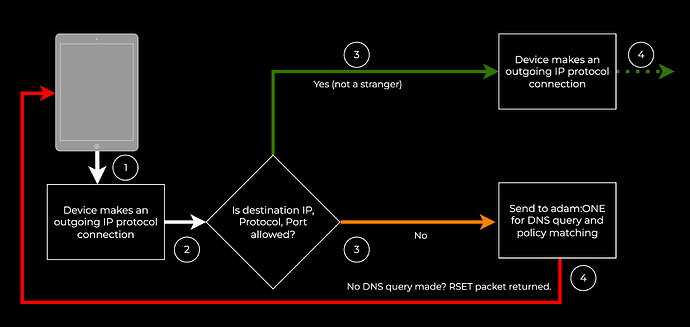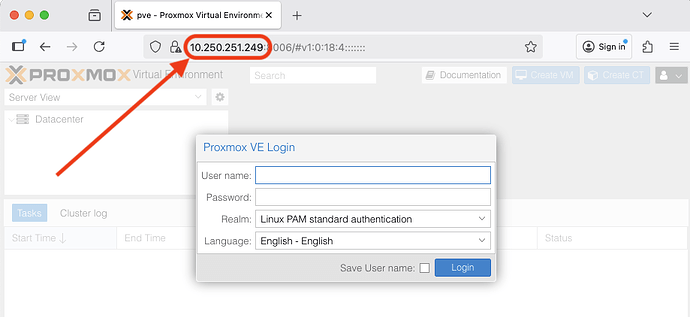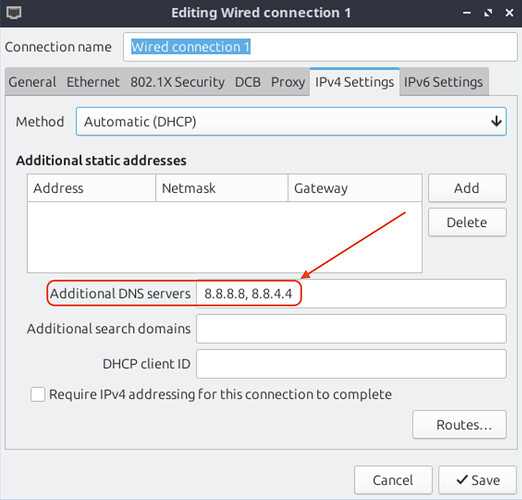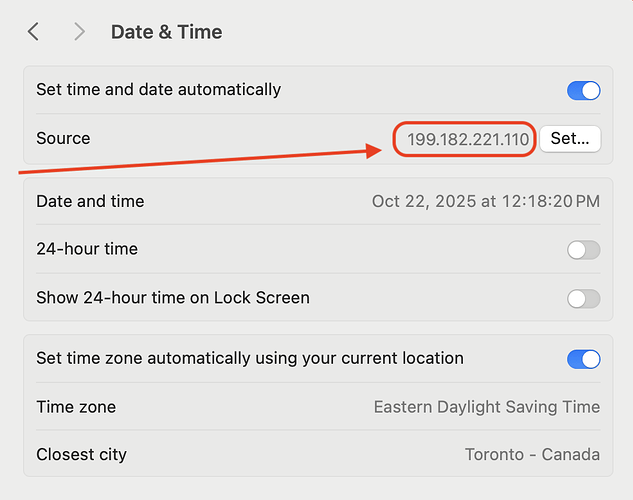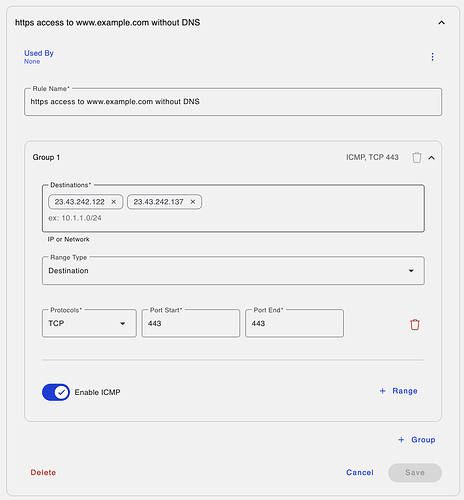
文章讨论了零信任DNS策略(DTTS)在网络安全中的应用及其挑战。该策略通过限制未经验证的来源和目的地连接来增强网络安全性,但可能导致部分应用程序(如旧系统、VOIP工具和依赖硬编码IP的应用)无法正常运行。为解决此问题,微软ZT DNS和ADAMnetworks的Enablers功能提供了例外机制,允许管理员为特定应用配置信任规则。 2025-10-23 16:24:26 Author: securityboulevard.com(查看原文) 阅读量:19 收藏
In a default-deny world, where only verified sources and verified destinations are allowed, which require a successful policy-allowed DNS resolution, many modern threats are mitigated, and there’s demonstrable value in choosing this path, including being able to enforce “My network, my rules” approach to egress control.
However, in this world where existing applications need to keep functioning, applications that fail in this approach can be provisioned by trusting IP address destinations that are well-known, with the granular control of protocol and port number constraints. Microsoft ZT DNS offers this exemption capability and adam:ONE® offers it by a feature called “Enablers”. The order of operations for adam:ONE’s Don’t Talk to Strangers (DTTS)® in this constrained portion is as follows:
When this violation occurs, a traffic log shows such endpoints attempting a connection and failing (in red):
As a contrast, when an endpoint passes a policy check and is able to resolve the destination correctly, the traffic log passes (in green) like this:
The purpose of this article is to summarize the 3 types of Applications that fall into this category.
LEGACY apps
Any direct-by-IP connection, typically legacy processes that ignore network-designated DNS server usage:
-
Legacy application or bookmarks with hard-coded IPs in endpoint configurations will fail unless they fall into the local subnet
-
Hard-coded DNS servers (sometimes, administrators, sometimes manufacturer such as Chromecast, e.g. Business Insider article on Chromecast | Paul Vixie)
-
Hard-coded NTP servers (this one is of particular concern because of UDP amplification attack surface)
-
Apps designed to circumvent protective DNS filtering (e.g. Telegram, Retail VPNs, P2P, Psiphon, etc.)
Rather than this being a problem, in most cases this is actually a beneficial property as endpoints should not be able to circumvent network security unless explicitly allowed to.
As for the other examples, a legacy approach of static assignments is possible to remain in place, but an inventory of required legacy apps helps make a migration to DTTS without disruption. The reality in most environments is that such an inventory does not exist, is incomplete, but will absolutely surface in the post-migration violation logs. Incidentally, a quick correction can be made at such discovery time.
VOIP/Messaging/P2P (Purposefully no DNS usage for voice/video)
Any modern application that includes connections to IP addresses that were not discovered via DNS – breaks some, but not all functionality.
-
Video and voice apps using hard-coded IPs for SIP, RTP, STUN, TURN, etc. This includes WhatsApp Voice/Video/Media and Snapchat Audio calls and in the case of Signal, only Group calls fail.
-
Online collaboration tools like Teams, zoom, Google Meet
Note however, that Teams and Zoom are not prevented from VoIP video functions. However, the UDP-based anycast relay falls back to a less efficient TCP-based connection. Google Meet, on the other hand, does not make a video/audio connection at all.
-
P2P apps such as torrent clients cannot connect to peers. This is probably obvious, and a nice side effect of DTTS is that blocking P2P now happens by default.
-
Cellular phone calls over VoIP/SIP: Mobile Carriers make use of
[mobilecarrierID].pub.3gppnetwork.orgdomain to make IKEv2 connections over which SIP traffic is carried. These connections persist but on re-connection attempts do not always re-query DNS even after TTL has expired. -
Rich Communications Services (RCS) is a cross-platform protocol for end-to-end encryption. Google’s free RCS hub service called Jibe is used by cellular carriers worldwide. This is a current list of IPs that Google uses over TCP port 443. iOS devices reach out to these IPs without a preceding DNS:
74.125.88.128
74.125.88.129
74.125.88.135
74.125.88.134
74.125.88.131
74.125.88.130
74.125.88.133
74.125.88.132
216.239.36.132
216.239.36.133
216.239.36.130
216.239.36.131
216.239.36.136
216.239.36.137
216.239.36.134
216.239.36.135
216.239.36.138
216.239.36.139
216.239.36.127
216.239.36.129
216.239.36.128
216.239.36.154
216.239.36.157
216.239.36.150
216.239.36.153
216.239.36.145
216.239.36.144
216.239.36.143
216.239.36.142
216.239.36.141
216.239.36.140
216.239.36.149
216.239.36.148
216.239.36.202
216.239.36.200
216.239.36.203
216.239.36.205
216.239.36.204
216.239.36.201
2001:4860:4802:36::7f
2001:4860:4802:36::83
2001:4860:4802:36::8b
2001:4860:4802:36::8f
2001:4860:4802:36::9d
2001:4860:4802:36::95
2001:4860:4802:36::96
2001:4860:4802:36::91
2001:4860:4802:36::85
2001:4860:4802:36::87
2001:4860:4802:36::c8
Note that this is a managed subscription list that auto-updates our clients’ deployments when new IPs are discovered.
TIME BOUND expiry
Any application that uses DNS results beyond the TTL of two (2) minutes.
- Legacy Internet Explorer browser. Thank goodness that most of the web is now broken on IE so its only use is in legacy applications that have some IE-only support such as ActiveX dependency.
- Outlook caches IMAP beyond TTL. It appears that once Outlook IMAP profiles are launched, the cached DNS answer is used for a very long time.
ADAMnetworks calls trusted destinations/protocols/ports by the label of Enablers. A joint effort between Tommy Jensen, John Todd and myself, David Redekop is a draft RFC for IETF standardization to allow developers and administrators to publish Enabler data via SVCB DNS records.
In the mean time, adam:ONE facilitates Enablers in two forms:
Official Enablers
These are centrally managed and maintained by ADAMnetworks and automatically become available to any platform subscriber. Here’s a partial list of what’s included at time of this publication:
- Apple Services (required for Apple products/iCloud, etc)
- Cellular WiFi Calling
- Google Meet and Duo
- Microsoft Teams Relay
- zoom
- RC Messaging
- Telegram
- Snapchat calling
“My Enablers”
These are per-tenant rules that look like this as an example where you may want an endpoint to connect to 23.43.242.122 or 23.43.242.137 where www.example.com is hosted, but it needs to be reachable without a DNS resolution first:
Closing Note
In spite of the common occurrence of DTTS/ZTDNS violations, every circumstance can be mitigated with careful consideration of trusting destinations. The traffic log surfaces blocked traffic which can be correlated back to an app launch or a URL visit. When the further constraint of protocol and port constraints alongside per-policy assignment, the Principle of Least Privilege integrity can continue to bring peace of mind.
1 post – 1 participant
*** This is a Security Bloggers Network syndicated blog from The ADAM Blog - ADAMnetworks authored by David. Read the original post at: https://support.adamnet.works/t/dtts-zero-trust-dns-enforcement-policy-violation-management/1488
如有侵权请联系:admin#unsafe.sh


